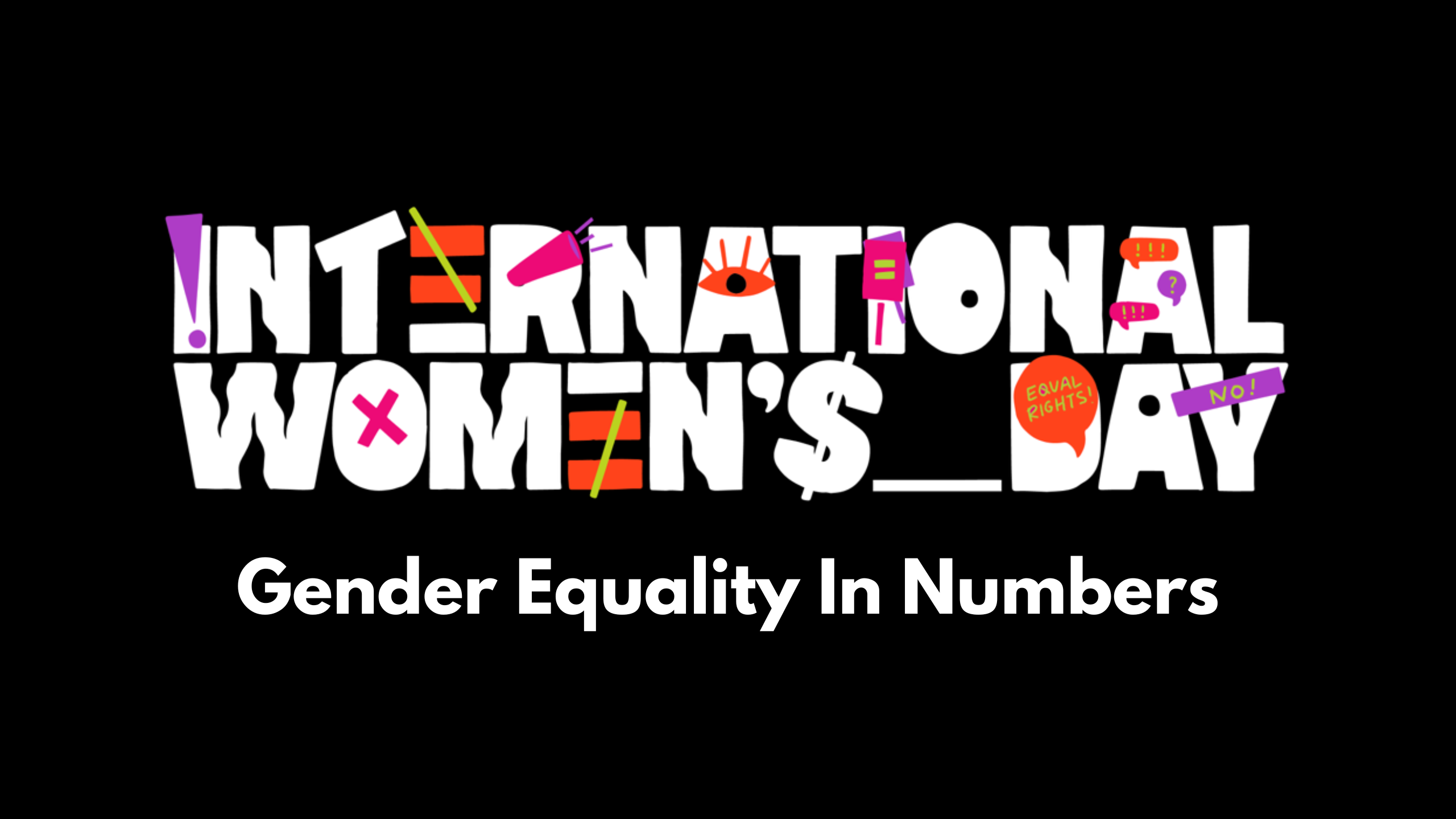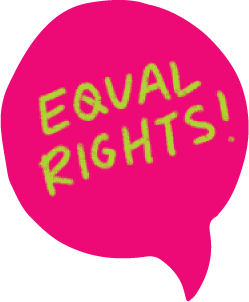

March 2023
Updated Feb 2024
This International Women’s Day, IWDA and our flagship gender data program Equality Insights take stock of the progress that has been made towards gender equality – and explain why more gender data is essential to achieving it.

Gender Equality In Numbers
Data has been described as more valuable than gold and sometimes, it can feel like we are swimming in it. It feels like everyone is collecting, mining, analysing, or using data. So it may come as a surprise to learn that we actually need more.
Well, sort of.
Even with a seemingly limitless amount of data about our shopping habits or Netflix viewing history, there are a number of areas where data is lacking such as - gender. This lack of data is a problem because some of the most pressing issues we face, from poverty to climate change, require a gendered perspective through gender data.
Gender data is an umbrella term that can refer to many things. It includes gender disaggregated data - data that is broken down by sex or gender - such as the number of women in parliament or the number of gender diverse people accessing health services. It also refers to data about issues with disproportionate gendered impacts like unpaid/care work, gender based violence, and sexual and reproductive health and rights, among others.

Gender data for gender equality
Gender data holds the immense potential to power transformative change and shape more just, equitable, and sustainable futures. It enables decision-makers to make evidence-based decisions, design effective solutions and track progress. But gender data is also equally important for gender equality advocates who use this data to advocate for change and hold leaders to account. Yet, it is critically lacking. Not only do we need more gender data, but we must also ensure our data represents people of all gender identities.
UN Women recently found that we do not have enough data needed to monitor the global goal on gender equality (SDG5). Without this data we do not have a clear picture of the state of gender equality nor can we fully understand the impact of programs and interventions to tackle gender inequalities at a global scale.
Policies and programs to reduce inequalities and improve people’s lives are only as good as the data that informs them. Put simply, quality gender data improves the solutions available.
Yet, ironically, the lack of gender data is driven by gender inequality. Gender data gaps are not only a symptom of gender inequality but they also perpetuate gender inequality. What we choose to measure – and by extension, the data that gets collected – is a reflection of what society values. For too long gender data has not been considered a priority, and women, non-binary, and gender diverse people have paid the price.
One reason for this is a lack of funding for gender data. According to Paris21, funding for gender data decreased by 55% in 2020 — nearly three times the drop in funding to overall data and statistics. It is clear that the gender data gap will only widen, given the increasingly limited resources allocated to it.

A growing gender data movement
But, there is an ever-growing gender data movement calling for more and better gender data AND taking matters into their own hands by collecting gender data themselves.
IWDA has been active in the gender data space for almost 15 years, including through our flagship program Equality Insights. As a feminist organisation, a significant motivation for IWDA to develop tools to collect gender data was to fill critical gender gaps and support others to use this data in their work.
Over the course of many years, it has been promising to see gender data increasingly recognised as a vital resource – one that is necessary to make progress on a range of issues, from reducing poverty, addressing the impacts of climate change, reducing gender based violence, and achieving gender equality.
While there is simply not enough gender data right now, we do have a limited snapshot. The gender data that is available clearly shows that progress is being made towards gender equality, but it is happening far too slowly.
So what does the data actually tells us?
In 2020, IWDA led a study in two provinces in Solomon Islands to understand the gendered nature of poverty and inequality. We collected individual level, gender sensitive poverty data and found that:
Overall, women spent much more time on unpaid work and care than men, regardless of paid work status—around 70% more.
Global data show a similar trend.
Across the world, 16.4 billion hours a day are spent in unpaid care work, according to the International Labour Organization.
If a monetary value was applied to all of the unpaid care work done by women aged 15 and over around the world, it would amount to more than $10.8 trillion a year.





Less than a quarter of countries are making ‘fast’ progress towards gender equality. One in every three countries is either making no progress at all or is moving in the wrong direction.
Source: Equal Measures 2030
Despite progress, only 26% of countries have a comprehensive system to track gender budget allocations.
Source: UN Stats
Only 4.6% of aid funding goes to programs where gender equality is the main objective.
Source: UN Women
Unsafe abortion is a leading but preventable cause of maternal mortality and morbidity. In 2022, over 1.2 billion women and girls of reproductive age live in countries and areas with some restrictions on access to safe abortion.
Source: UN Stats
Globally, more than 1 in every 10 women and girls aged between 15-49 have been subjected to sexual and/or physical violence by an intimate partner in 2021.
Source: UN Stats
At the current rate of progress, it may take another 286 years to remove discriminatory laws and close prevailing gaps in legal protections for women and girls.
Source: UN Women





Worldwide, women hold just 27% of parliamentary seats.
Source: UN Women
Research from 2019 showed that only 43% official national climate action plans reference women or gender. Of those, women are largely characterised by their vulnerabilities rather than their contributions to climate action.
Source: Brookings, Plan & UNICEF


Based on the data we do have, it is clear that a lot of work needs to be done globally to create a gender just future. But we are also seeing progress, and so much of this is being driven by strong feminist movements that continue to lead the charge for inclusive and gender sensitive data. They do this to shape more equitable, just, and sustainable futures for all.
The global gender gap has been closed by 68.4%. More than half of countries worldwide are moving in the right direction on gender equality.
In 2023, 9 countries had closed at least 80% of their gender gaps:
- Iceland (91.2%)
- Norway (87.9%)
- Finland (86.3%)
- New Zealand (85.6%)
- Sweden (81.5%)
- Germany (81.5%)
- Nicaragua (81.1%)
- Namibia (80.2%)
- Lithuania (80%)
Source: World Economic Forum

To continue progress towards gender equality, we need more gender data. We cannot fix a problem we cannot see. Gender data helps to make issues visible and enables us to better understand them. It remains one of the most powerful tools in achieving gender equality, and guided by this data we have a chance at making real progress and reversing some of these trends.

IWDA is an Australian-based organisation, resourcing diverse women’s rights organisations primarily in Asia and the Pacific and contributing to global feminist movements to advance our vision of gender equality for all. Our flagship program Equality Insights collects gender sensitive data about poverty and inequality to inspire social change.
Stay up to date with our work by following IWDA and Equality Insights on Twitter.
